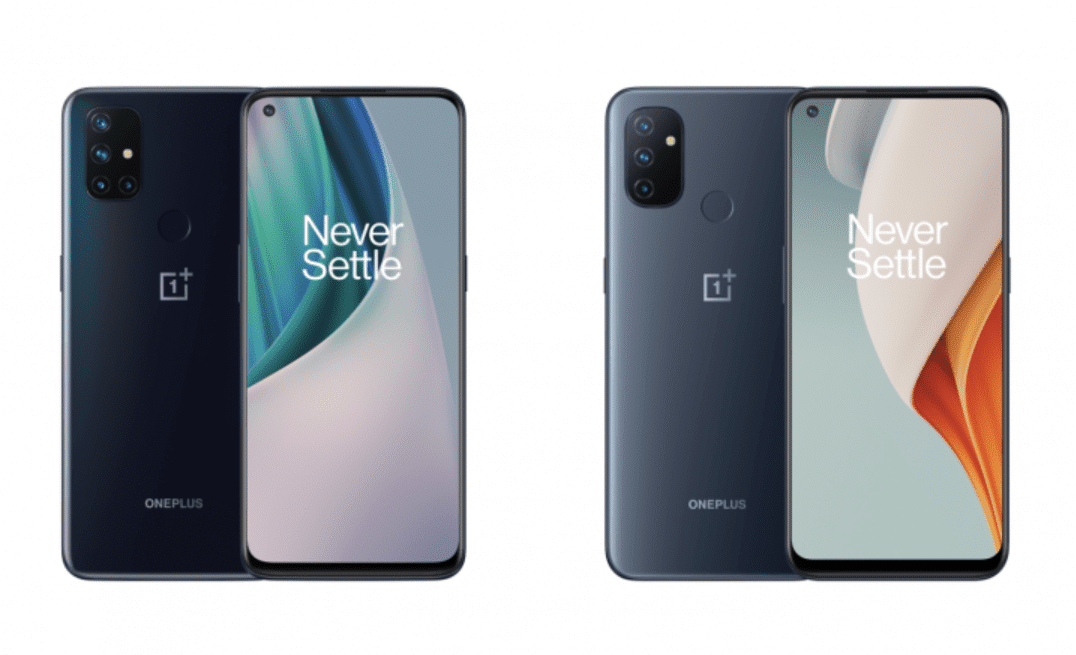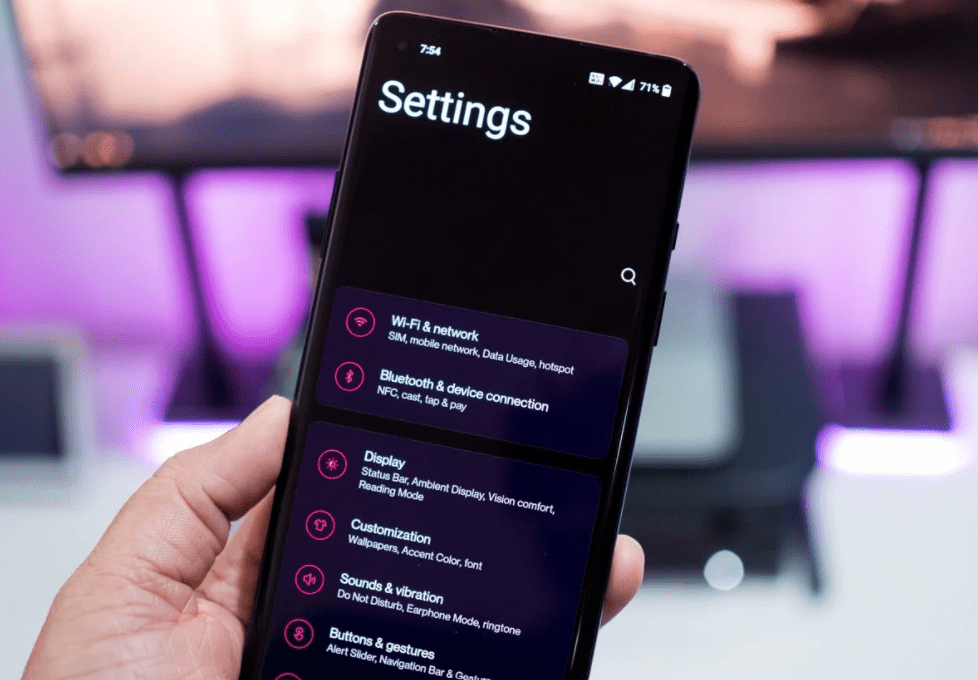OnePlus has changed a lot in 2020, more than any other company this year. Like this is the first time OnePlus has launched six phones in a year. This year is the first time OnePlus released a mid-range phone after the OnePlus X in 2015. It is the first time OnePlus has launched budget phones. Also, OnePlus’s co-founder Carl Pei has left the company. So what exactly is happening to OnePlus?
Since the beginning, OnePlus has always focused on delivering products solely to the enthusiast market. That approach has paid off. OnePlus became the best-selling premium phone in India when it launched the OnePlus 6T, and it is still carrying the crown. Last year after the OnePlus 7 Pro- its first phone, crossing the 650$ mark, it recorded its best growth in the US. But there is one list which didn’t have the OnePlus name; OnePlus has never entered the top best selling phones in the world list. It is also not in the highest smartphone shipments list. BBK wants to change this.
For those of you who don’t know, BBK Electronics is a Chinese multinational company and is the parent company of OnePlus. Other smartphone companies like Vivo, Oppo, and Realme also come under BBK electronics. Combining the shipments of Oppo, Vivo, and Realme, BBK ships more phones than Huawei, second in the list.
Also Read: Nokia 2.4 with Helio P22 Launched For Rs. 10399
For BBK, OnePlus is the company that will help it become the most prominent phone OEM in the world. But since OnePlus only caters to a small fraction of mobile buyers- the tech-savvy, OnePlus can’t grow to the likes of Oppo and Vivo. BBK wants this to change, so we have seen the OnePlus transform over the last few months, and this year OnePlus released as many budget phones as it did premium phones. That’s a significant change for the company whose budget phone got launched back in 2015. In the process, OnePlus started becoming more like Oppo and Vivo and lost what made it truly unique.

Take a look at OnePlus’s recent budget phones, for example, the OnePlus N10 and N100. It takes away everything OnePlus has stood for in the last couple of years: phones with a glass back, Amoled display’s, and there is also no fast charging on the N100, which is one of the things in which OnePlus takes pride. What’s more, the N100 is just the Oppo A53, rebranded, they have the same camera, same display, same processor, same battery, literally the only things different: the logo and the back design. Earlier, OnePlus was telling customers and reviewers that the N100 has a 60 Hz display. Recently, they put out a statement saying the N100 has a 90 Hz display; guess what, other phones have a 90 Hz display. Yes, the Oppo A53 tells you that OnePlus doesn’t believe its phone is fast enough to keep 90Hz on all the time, and yes, speed was another thing OnePlus took very seriously in the past.
Now, let’s talk about software. In the past, everyone widely regarded OxygenOS as one of the best custom skins. Some even called it better than stock Android. It was clean, fast, simple, and light. It was why many people bought OnePlus phones in the west, instead of achingly similar Oppo phones. Enter: OxygenOS 11, which adds many features users asked for but with a completely redesigned UI. Now it just looks like a hybrid of OneUI and ColorOS.
Also Read: Redmi Note 9 Series Launch Specs Price Availability

OnePlus also prided itself on not adding bloatware to its phone, but with the OnePlus 8 and 8 Pro, it started pre-installing Facebook services. After a lot of criticism on Reddit, OnePlus did not continue that trend with the 8T. There was also a weird situation where OnePlus installed the Amazon Shopping app through an OTA update in India. Granted, you could uninstall the app; OnePlus shouldn’t have force installed it in the first place.
Another great thing about OnePlus phones was that you would get at least three years of updates and OnePlus phones were always the first phones after the Pixel to get an Android update. OnePlus 3/3T users got four major Android updates. It also seems to be changing. OnePlus said that the N10 and N100 would get only one major update, and then they are done. Android 10 ships with these OnePlus phones, not 11, so Android 11 will be the last major update they will receive.
So, is the transformation right for OnePlus? The answer is both yes and no. It is useful in terms of growing OnePlus’s reach to more markets. But it isn’t good because the transformation is changing things, which made OnePlus garner such a fantastic fan base. Pete Lau also took on a senior leadership position at OPLUS — a new and independent entity of BBK that will oversee both OnePlus and Oppo and focus on “brand synergy.” It means in the coming years, OnePlus will slowly but surely turn into Oppo.
What do you think of OnePlus’s transformation? Let us know in the comments below.
For the latest tech news and reviews, follow Tech Baked on Twitter, Facebook, Instagram, and join our Telegram Channel for daily tech news in your inbox.